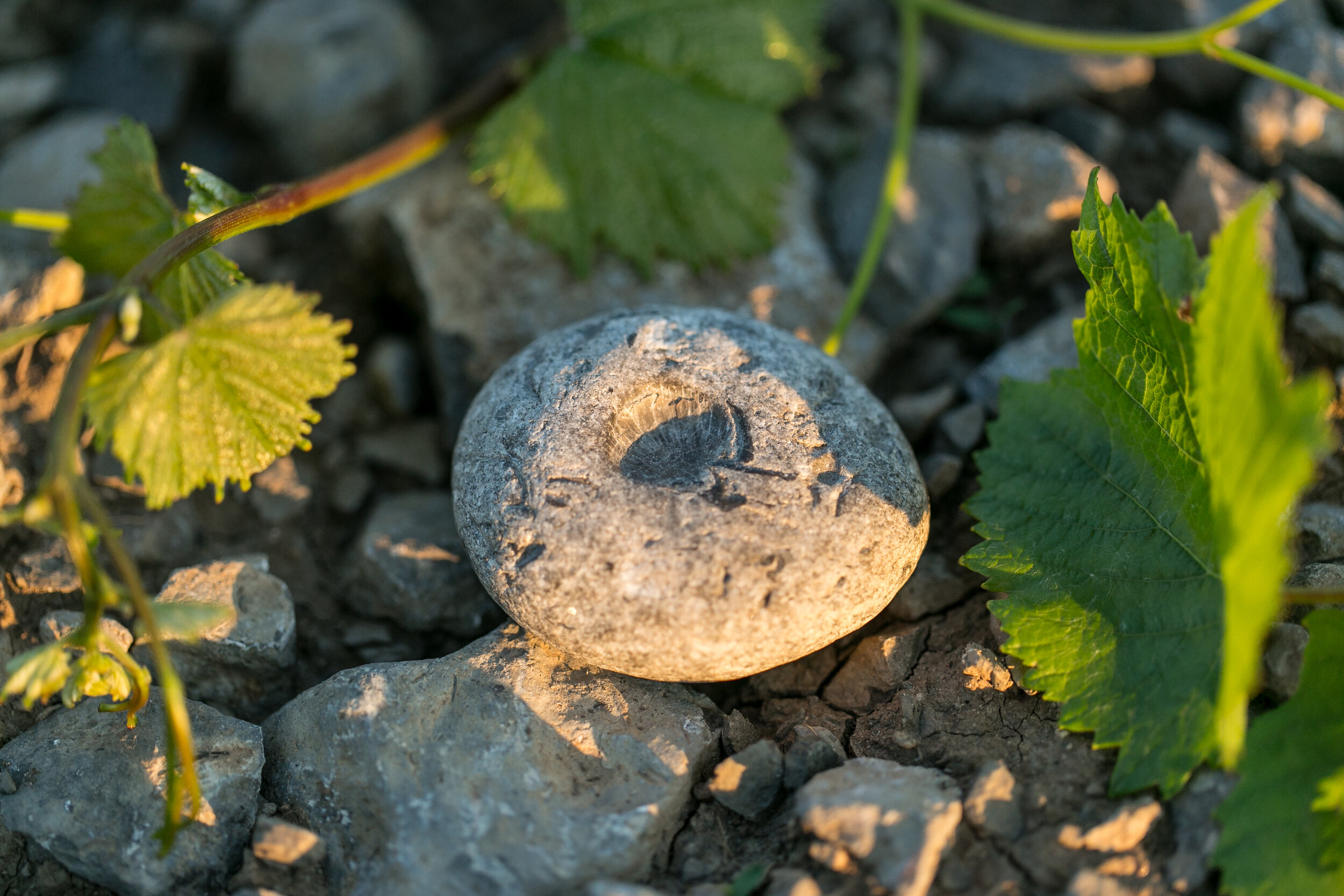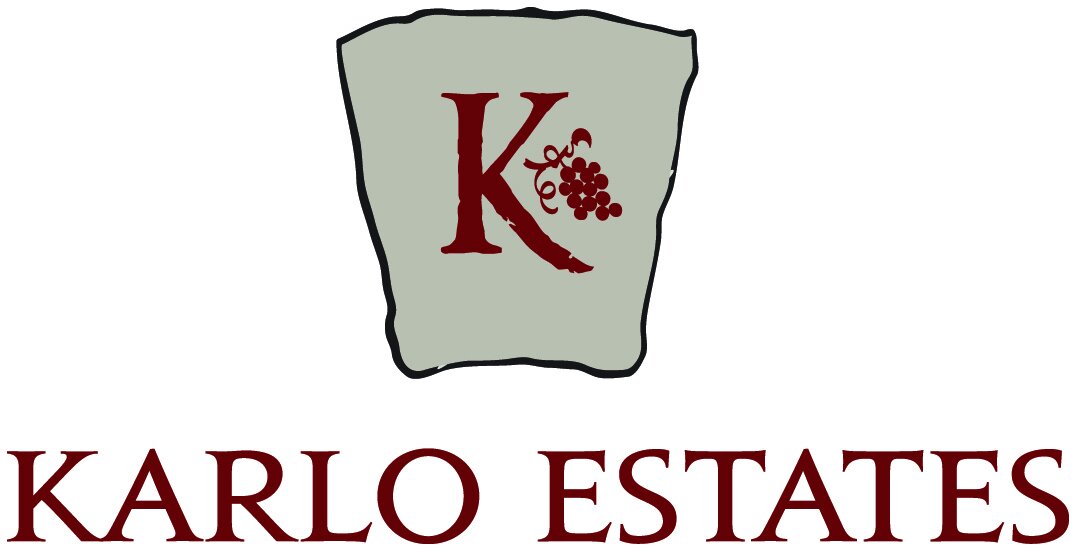
93 Acres of History
Pre-History
As early as 12,000 years ago, Paleo-Indians roamed the post-glacier-retreat tundra of Prince Edward County, hunting with fluted spear points. After the ice age, as trees began to grow, three cultures followed: the Archaic, hunter-gatherers; Mound-builders, who lived in larger groups with some agriculture; and Iroquois, who formed villages and farms. During the latter half of the 1700s and 1800s the Mississauga Peoples also lived in Prince Edward.
In 1668 Sulpician Priests established a Mission in the Lake Consecon area called Kente. It served the Iroquois villages on the north shore of Lake Ontario. It was abandoned in 1680. A 1757 French map named Prince Edward “Presquille de Quintee”. As British, French and Dutch trade wars erupted from time to time, under British rule in 1763, Prince Edward and beyond was declared “Indian Country” and no formal settlement by Europeans was allowed.
The Loyalists
The King of England gave Peter Van Alstine, a British Loyalist Officer, acreage throughout Prince Edward County in thanks for his service during the War of Independence. Van Alstine took land in Adolphustown, all of Lake on the Mountain and the Wellington/Hillier area. He was most famous, however, for having built the Glenora Ferry in the early 1800s, powered by oars.
By building the Mills at Lake on the Mountain, Van Alstine created the County’s first viable economy. He was also the last Member of Parliament to be appointed by the King.
Being a bit of a mariner and as Port is a mariner’s wine, we thought naming the first Prince Edward County Port after VanAlstine was a perfect fit seeing as he owned our property first.
The Stevensons
As Van Alstine had no sons, his son-in-law administered the dismantling of the estate upon his death. The Stevenson family became the owners of the property in the early 1800s.
The Stevenson Family was the first to build a homestead on the land. The original homestead can still be seen on Danforth Road just east of our carriage house. The property was used at various times for grain, as a tomato farm and dairy operation.
Karlo Time
Richard and Sherry Karlo purchased the property in 2005 from the Stevenson family who had owned it for over 200 years.
The drystone wall that frames the barn was built in the fall of 2005. Planting of the vineyard began in 2006 with Pinot Noir, Chardonnay and Frontenac Noir going in. In 2007 Karlo built the drystone bridge over Hubbs Creek which winds through the property. The bridge, which is one of the largest of its kind in North America, as well as the wall before it, were built with the Drystone Wall Association of Canada. Wine Production began in 2008 and we opened our doors on May 22nd, 2010.
Our Founder – In Memoriam
Jan 26th, 1959 – Nov 26th, 2014
Richard Karlo was Founder and Winemaker of Karlo Estates. He also designed and planted our first vineyards, and with his training in Civil Engineering, designed our estate layout and barn repurposing. He set out to do so after falling in love with wine culture in his early 20s. He realized that if he helped his dad make wines in the family basement, he could share with friends.
Richard’s skill won medals, earning him an invitation to the Pickering Chapter of the Amateur Winemakers of Ontario and through competition, he achieved the designation of Master Winemaker. Richard won medals in every competition he entered from 1998 until his death. Some highlights included Best Red Wine in Ontario in 2001, a Gold Medal at the Canadian AWO Competition in 2006, “Best Merlot” at the Ontario Wine Fair, a Gold Medal for his VanAlstine White at the International InterVin awards in its first vintage in 2002 and he was a Finalist in the Ernst & Young Entrepreneur of the Year awards 2012.
As a Judge with the prestigious Wine Judges of Canada, Richard also sat on the board and was instrumental in overseeing the incorporation of the organization. Richard regularly judged internationally.
Additionally Richard volunteered as Vice-Chair of the Prince Edward County Winegrowers Association (PECWA) and donated much of his time to the promotion of the County which he so loved.
Industry Tributes to Richard Karlo
A toast to a legend in Prince Edward County: Richard Karlo
I did not know Richard Karlo well, certainly not as well as I should have or wanted. And that’s on me.
I regret it, of course, now that cancer has claimed another victim, this time a strong man, a passionate man with the determination and will to help build the region he loved so much.
Richard’s name and winery, Karlo Estates, will always be synonymous with Prince Edward County. His mark on that Ontario region can be felt in the outpouring of grief in the wake of his shocking death this week.
Remembering Richard Karlo, a pioneering, big-hearted Prince Edward County winemaker
At 6″4′, Richard Karlo was easy to spot in a crowd, but you’d probably hear him first — his laugh was big enough to fill a barrel room. Karlo was the Indiana Jones of Ontario winemaking, planting grapes never before grown in the province — or even Canada — and pioneering unorthodox techniques, such as cherry-hickory-oak-and-ash-aging Chardonnay.
Karlo was the only winemaker with two bottles on John and Zoltan Szabo’s Top Ten Cutting-Edge Wines in the World list, and his white port — the first ever produced in Prince Edward County — snatched Gold from the Portuguese in international competition.







